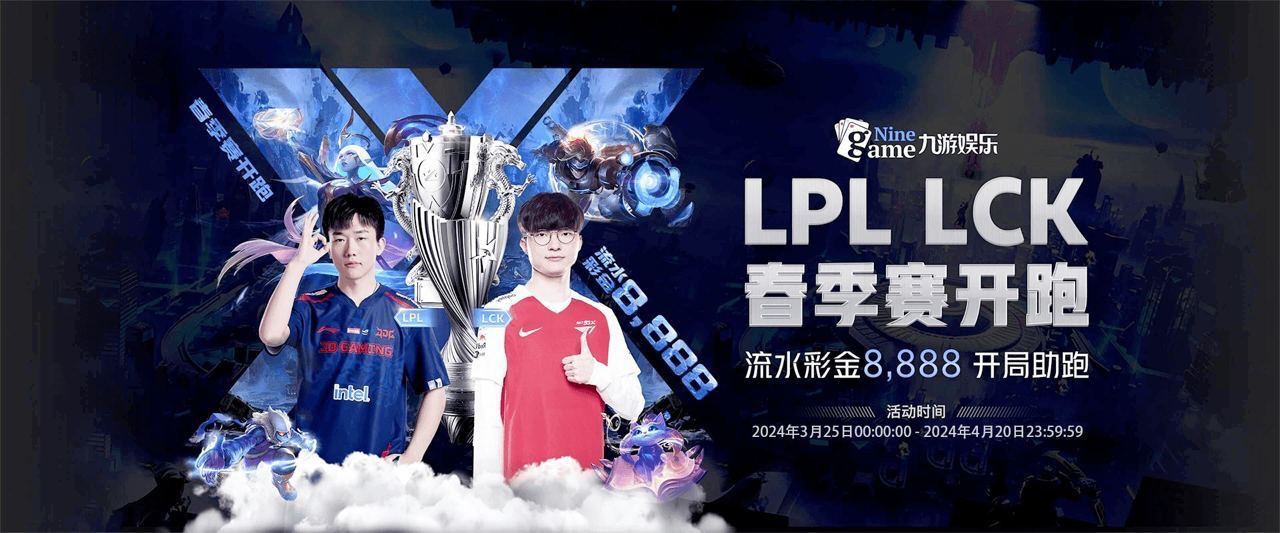九游💥开云☄️爱游戏
大额无忧 豪客首选 | 无限返水 上不封顶
体育赛事
真人视讯
电子竞技
彩票投注
九游娱乐入口
- 皇家马德里
- 官方合作伙伴
▶
开云体育入口
- 皇家马德里
- 官方合作伙伴
▶
爱游戏体育入口
- 国际米兰
- 官方合作伙伴
▶
九游娱乐全站APP
- 王者归来重回巅峰
开云体育全站APP
- 王者归来重回巅峰
爱游戏体育全站APP
- 爱游戏新人成长计划

棋牌

体育

真人

电竞

电子

捕鱼
